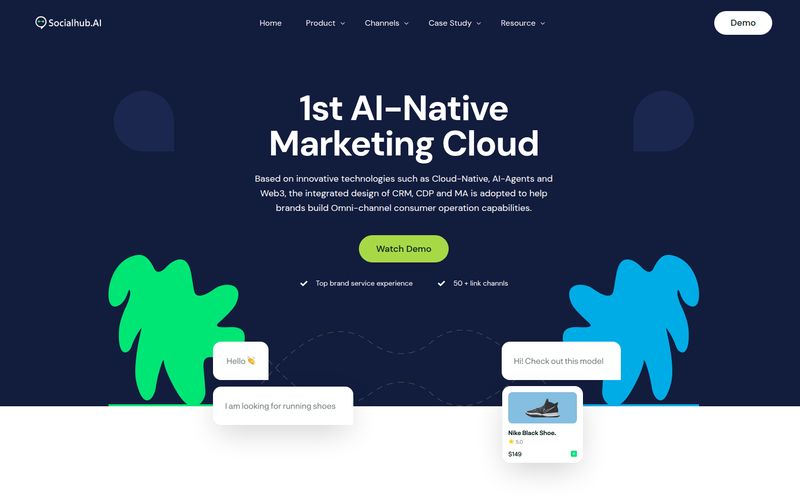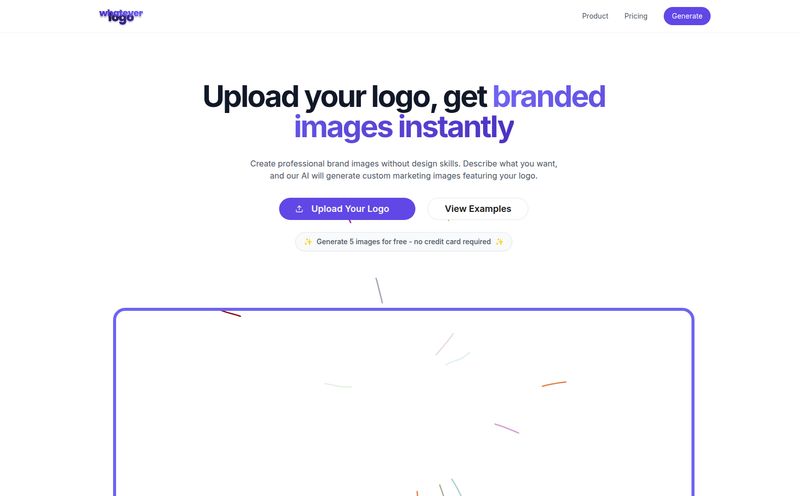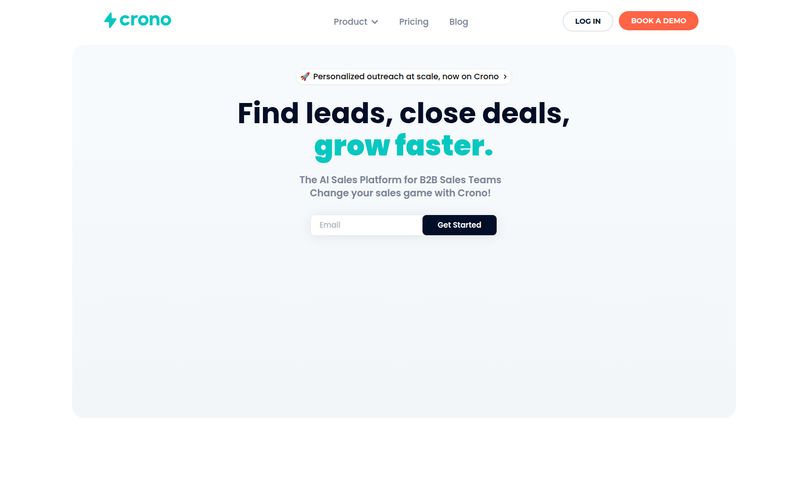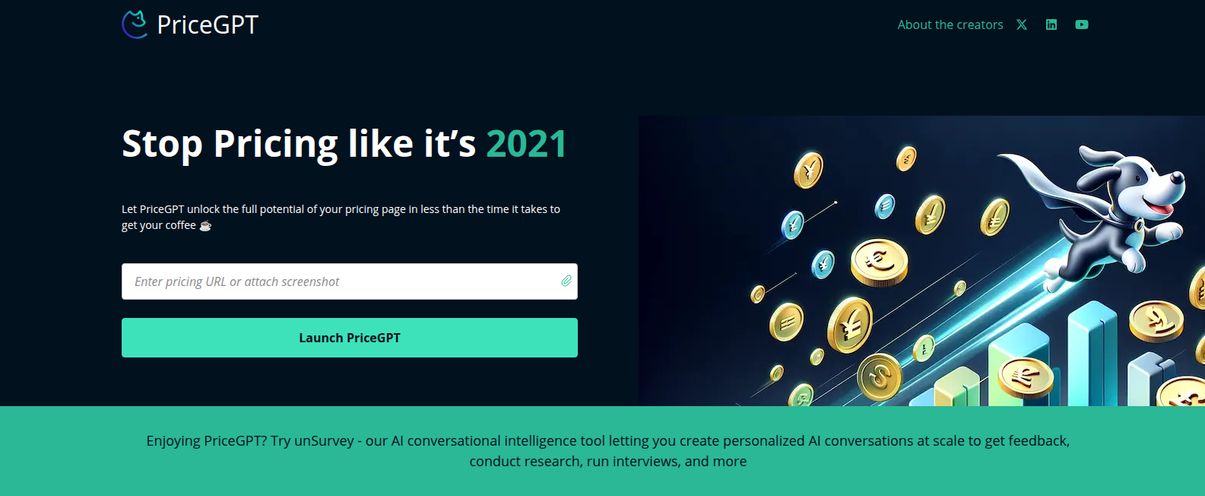If you’ve run any kind of paid advertising for an e-commerce brand in the last few years, you’ve probably had a moment where you wanted to throw your laptop out the window. You know the one. You log into Google Analytics, and it tells you a story. You pop over to Facebook Ads Manager, and it’s telling a completely different story, probably a fairytale. Then you look at your Shopify or WooCommerce backend, and it’s speaking a third language entirely.
It’s a special kind of marketing hell. A tangled ball of Christmas lights, but with your budget and sanity on the line. Which channel gets the credit? Where is the money actually coming from? Is your ROAS a genuine reflection of reality, or just a number the platforms want you to see?
For years, we’ve been patching this together with spreadsheets, custom reports, and a whole lot of guesswork. I’ve personally spent entire Mondays just trying to reconcile numbers to give a client a straight answer. It’s exhausting. So, when a tool like MyDataNinja comes along promising to be a single source of truth, my inner skeptic raises an eyebrow, but my inner, overworked marketer leans in, intrigued. I decided to take a proper look to see if it’s just another dashboard, or if it’s the data-unifying hero we’ve been waiting for.
What Exactly is MyDataNinja? (And Why Should You Care?)
At its core, MyDataNinja is a marketing automation and analytics platform. But that’s a bit of a dry, corporate description. Think of it more like a universal translator for your marketing data. It hooks into all the places you’re running ads and selling products—Facebook, Google, TikTok, Shopify, WooCommerce, you name it—and pulls all that conflicting data into one, clean, intuitive dashboard.
The goal? To stop you from making decisions based on fragmented, often misleading information. It’s designed to transform that chaotic mess of data into clear, actionable insights. And in the post-iOS 14 world, where tracking has become a nightmare and attribution is more of an art than a science, this isn't just a 'nice-to-have'. For many of us, its become an absolute necessity.
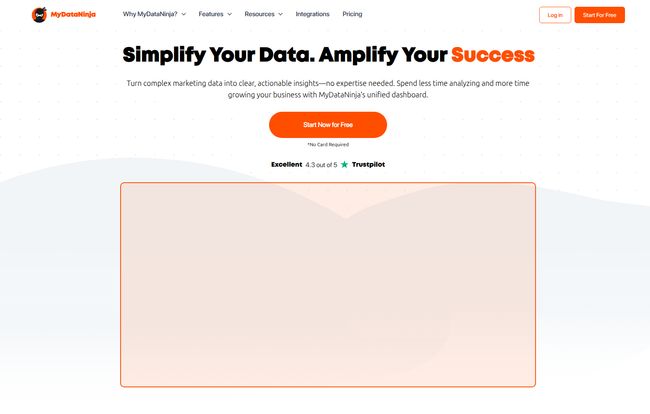
Visit MyDataNinja
The Core Features That Actually Matter
A feature list is just a list. What I care about is what it does for me. How does it make my life easier and my campaigns more profitable? After poking around, a few things really stood out.
Your Single Source of Truth: The Unified Dashboard
This is the headline act. The pain of having 27 browser tabs open to compare campaign performance is real. MyDataNinja solves this by centralizing everything. Imagine seeing your Facebook Ads spend, Google Ads conversions, and Shopify revenue all in one place, updated in real-time. It’s like trying to conduct an orchestra, but instead of every musician being in a different soundproof room, they’re all on the same stage, playing from the same sheet music. It sounds simple, but the clarity this brings is a game-changer for day-to-day operations and strategic planning.
Finally, Attribution That Makes Sense
Ah, attribution. The topic of a thousand marketing debates. Who gets the credit for the sale? The first ad they clicked a week ago? The last one they saw before buying? MyDataNinja doesn't just give you one rigid model; it offers advanced marketing attribution models that help you see the whole customer path. It helps you understand how different channels work together. This is the key to moving beyond a simplistic ROAS and truly optimizing your marketing mix. Plus, with their own first-party pixel and custom URL tracking, they offer a powerful workaround for the data black holes left by privacy updates. It helps you reclaim some of that lost visibility, which is worth its weight in gold.
More Than Just Clicks: Advanced Profit Tracking
This one got me excited. Most ad platforms talk about Return on Ad Spend (ROAS). But ROAS doesn't account for product costs, shipping fees, or other expenses. You can have a fantastic ROAS and still be losing money. MyDataNinja focuses on profit tracking. By integrating with your e-commerce platform, it can pull in cost of goods sold (COGS) and other metrics to show you your actual profit per campaign, per ad, per product. This shifts the conversation from “how much revenue did we make?” to “how much money did we actually put in our pocket?” That’s a much more valuable conversation to have.
A Built-In CRM? Yes, Really.
I’ll admit, I didn’t expect this. MyDataNinja includes a CRM module. For businesses that generate leads before a sale, this is a fantastic addition. You can use their CRM forms to capture leads directly and their Facebook Leads Sync to pull leads from your social campaigns automatically. This closes the loop. You’re not just tracking the ad that got the click; you’re tracking the entire process from ad impression to lead captured to eventual sale. It turns a simple analytics tool into a more holistic business growth platform.
Who is MyDataNinja Really For?
I see a few people getting a ton of value out of this. First, the solo e-commerce entrepreneur or small business owner who is also the marketing department, the finance team, and the customer service rep. This tool simplifies one massive part of their job. Second, the PPC specialist or small marketing agency. Being able to show a client a clean, unified dashboard that clearly demonstrates value and profit (not just vanity metrics) is huge. It builds trust and justifies your retainer.
Who isn't it for? Maybe a massive, Fortune 500 enterprise that already has a multi-million dollar, custom-built business intelligence system and a team of data scientists. But for the 99% of other businesses, this seems to hit a real sweet spot.
Let's Talk About the Price Tag
Alright, the all-important question: what’s it going to cost? MyDataNinja has a pretty smart pricing structure. They offer a Free plan, which is genuinely useful for anyone just starting out. It gives you the core pixel, 5 connectors, and is good for up to $1,500 in monthly ad spend. It's a fantastic way to test the waters without commitment.
Once you grow, the plans scale based on your Gross Merchandise Volume (GMV). I actually love this model. It means the tool’s cost grows as your business succeeds. It feels like a partnership rather than a fixed cost you have to struggle to meet in slow months. The paid plans unlock more features, unlimited users, and dedicated support.
Here’s a quick breakdown of what you get moving from Free to Paid, based on their site:
| Feature | Free Plan | Paid Plans |
|---|---|---|
| Connectors (Meta, Google, Shopify...) | 5 | Unlimited |
| Max Monthly Ad Spend | $1,500 | Unlimited |
| Users | 1 | Unlimited |
| Historical data | 1 month | Unlimited |
| Onboarding | Self-serve | Dedicated CSM |
With fair-use policy.
The pricing starts at $69/month for businesses with up to $100k GMV in the last year and goes up from there. It's an investment, for sure, but if it stops you from wasting hundreds or thousands on ineffective ads, it pays for itself pretty quickly.
The Good, The Bad, and The Honest Truth
So, what’s my final verdict? No tool is a magic bullet. What I really like is the clarity. The platform takes an incredibly complex problem and makes the solution feel simple. Unifying data, offering real-time analytics, and focusing on profit are huge wins.
Now, for the potential downsides. As with any platform like this, you're reliant on its integrations. If Facebook or Google make a major API change, there can be a temporary hiccup while the platform adapts (though this is true for every third-party tool). And while the scaling price is fair, a mid-tier business might find the monthly cost a consideration they need to budget for carefully. It’s not a cheap throwaway tool; it's a serious peice of your marketing stack.
Frequently Asked Questions
- 1. What kind of support can I expect from MyDataNinja?
- According to their site and features list, paid plans come with a dedicated Customer Success Manager (CSM). The free plan is self-serve, but they also have a section with helpful tutorials. This is a pretty standard and fair approach.
- 2. Is it hard to set up? Do I need a developer?
- They emphasize that it requires no technical expertise. The setup process seems to be built around simple, guided integrations, authorizing access to your ad accounts and store backend. For most users on standard platforms like Shopify, it should be straightforward.
- 3. Does MyDataNinja really solve the Facebook Ads tracking problem after iOS 14?
- It provides a very strong solution. By using its own first-party pixel and server-side API conversions, it captures data that the Facebook pixel operating in a browser might miss. It won't be 100% perfect—nothing can be—but it's designed to be significantly more accurate than relying on Facebook's native reporting alone.
- 4. Is there a money-back guarantee?
- The FAQ on their site mentions a money-back guarantee. It's always best to confirm the specific terms when you sign up, but it shows confidence in their product.
- 5. How does the GMV pricing work if my sales fluctuate?
- The pricing page specifies it's based on your GMV in the 'last 12 months'. This means it's based on a trailing average, so a single bad or great month won't immediately bump you into a different, more expensive tier. It smooths out the fluctuations.
My Final Take: Is MyDataNinja Worth It?
After digging in, I’m genuinely optimistic about MyDataNinja. It's not just another vanity dashboard. It’s a tool built to solve a real, persistent, and expensive problem for anyone selling stuff online. It’s for the marketer who is tired of guessing and wants to move forward with confidence.
If you're struggling to connect the dots between your ad spend and your actual bank balance, or if you just want to get your Monday mornings back from spreadsheet hell, it is absolutely worth a look. The free plan makes it a no-brainer to at least try. It might just be the thing that tames your wild data and lets you focus on what you do best: growing your business.
